










DeepMind has introduced an AI system that behaves like a tireless research assistant- reading papers, rewriting code, and systematically improving scientific methods. By combining a code-rewriting LLM with intelligent tree search, it automates the tedious parts of experimentation. This marks a major step toward the “AI co-scientist,” accelerating discoveries across fields from genomics to forecasting.
Read post


Meta FAIR’s new Vision Language World Models (VLWM) take a fresh approach to AI planning: instead of predicting pixels or manipulating abstract vectors, they describe future states and actions in plain English. This makes plans interpretable, editable, and easier to trust, bridging the gap between perception and action. VLWM uses a pipeline of video-to-text compression (Tree of Captions), iterative refinement, and a critic model to evaluate alternative futures, achieving state-of-the-art results in visual planning benchmarks. While challenges remain—like text fidelity, dataset quality, and limits on fine-grained control—VLWM marks a major step toward human-AI collaborative planning.
Read post


City governments are drowning in outdated systems, confusing websites, and processes that make even simple tasks feel like boss fights. AI can cut through the red tape by answering common questions, analyzing service requests, and streamlining paperwork—without replacing the human touch where it matters. From smarter 311 call analysis to pothole-spotting drones, cities already have proof that AI works when used thoughtfully. The future of city hall isn’t sci-fi, it’s about better tools, cleaner data, and tech that actually serves people.
Read post

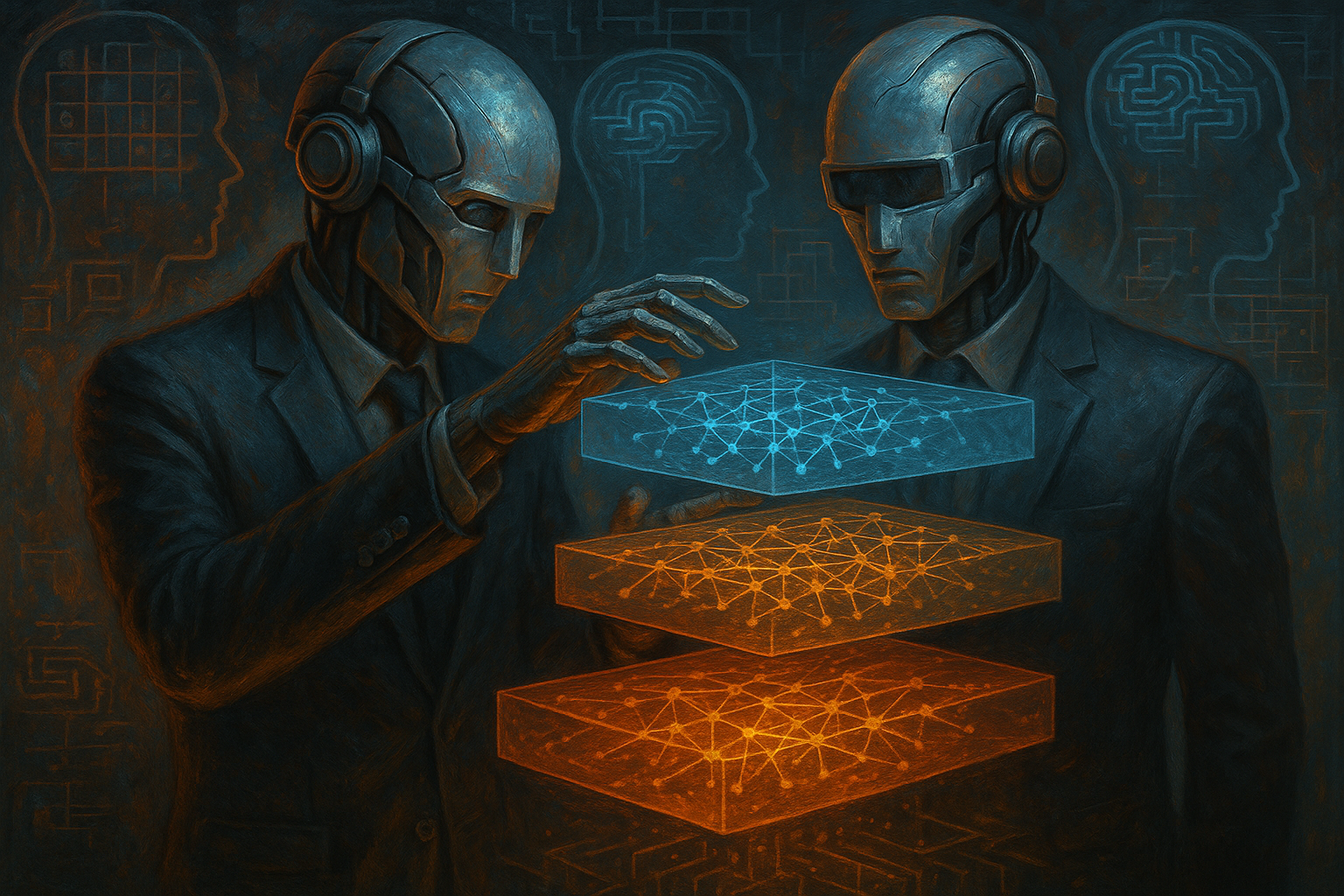
The Hierarchical Reasoning Model (HRM) is a brain-inspired architecture that overcomes the depth limitations of current LLMs by reasoning in layers. Using two nested recurrent modules - fast, low-level processing and slower, high-level guidance, it achieves state-of-the-art results on complex reasoning benchmarks with only 27M parameters. HRM’s design enables adaptive computation, interpretable problem-solving steps, and emergent dimensional hierarchies similar to those seen in the brain. While tested mainly on structured puzzles, its efficiency and architectural innovation hint at a promising alternative to brute-force scaling.
Read post

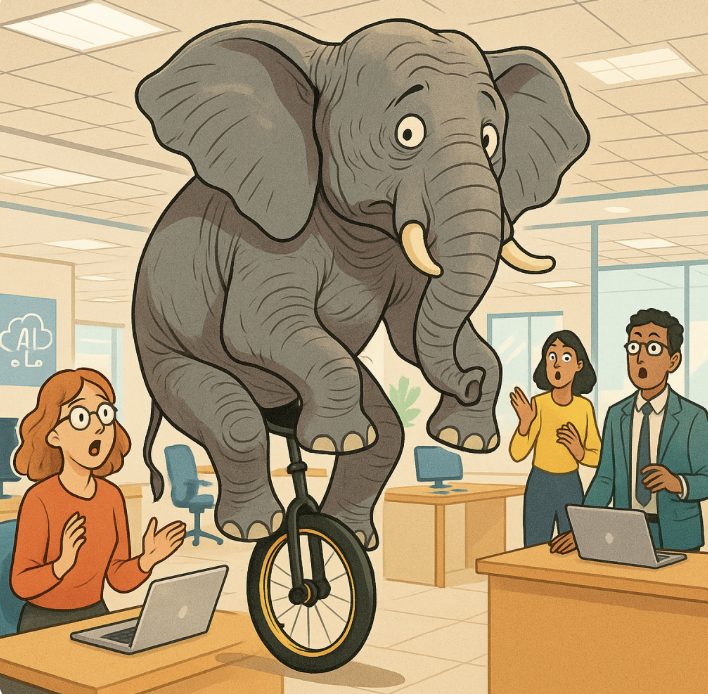
This article challenges the “shiny object” syndrome in AI, comparing pointless tech hype to an elephant on a unicycle—fun to watch, but ultimately useless. It argues that truly valuable AI isn’t about wowing investors or generating pirate dad jokes, but about solving real problems, saving time, and improving lives in sectors like HR, healthcare, and education. The key to impactful AI lies in thoughtful design, real-world applicability, and ditching the circus act for tools that actually work.
Read post


At the 2025 International Mathematical Olympiad, AI models from OpenAI and DeepMind achieved gold-medal level performance, solving 5 out of 6 challenging math problems. This historic milestone marks a turning point in AI’s ability to reason creatively, not just compute. The article traces the evolution from formal theorem provers to language-based models, exploring benchmark controversies and how extended deliberation unlocked new capabilities. It also examines the broader implications for math education, research, and the future of machine reasoning.
Read post

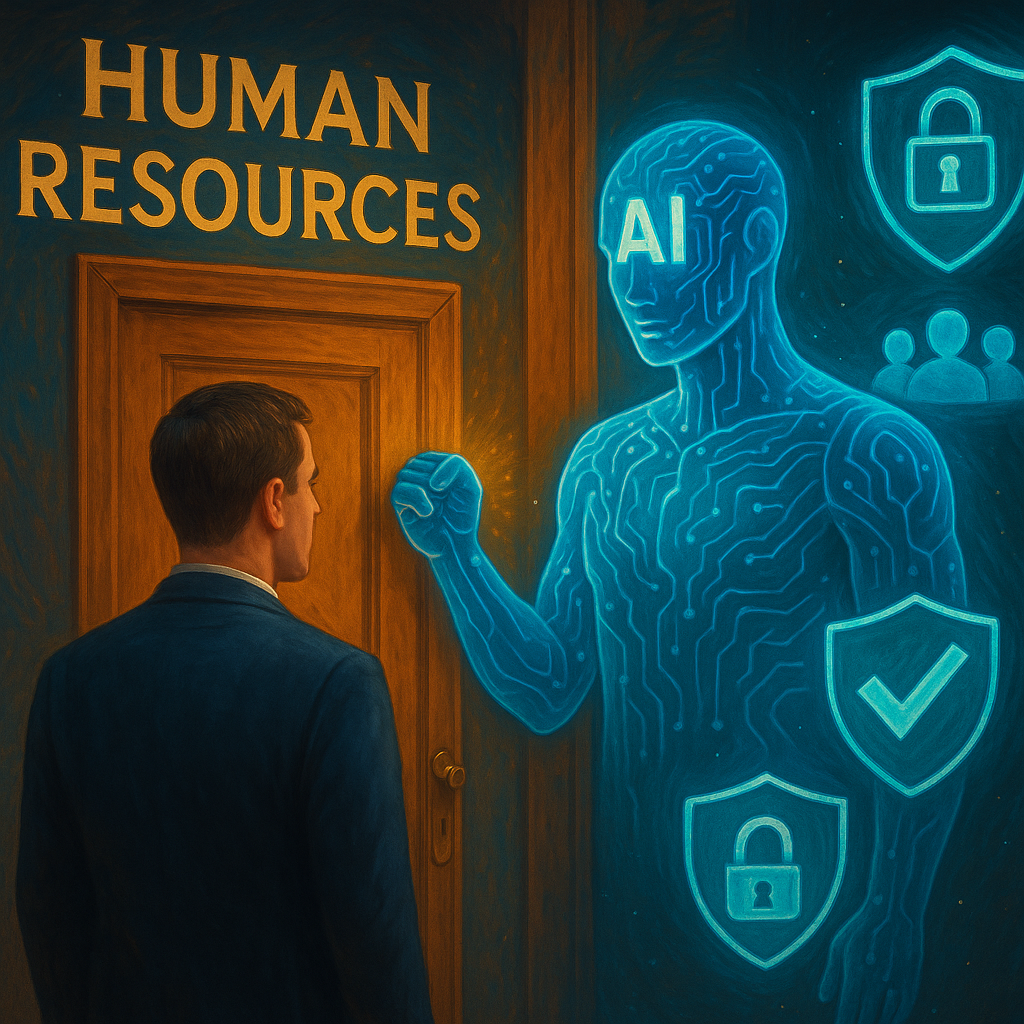
After 15 years in the trenches of HR, the truth is clear: the field became more about systems than people. AI is now knocking—and it’s not a soft knock. This blog explores how GenAI can eliminate HR’s mind-numbing busywork (think: resetting passwords, chasing approvals) and finally bring back the “human” in Human Resources. But trust, privacy, and integration aren't optional—they're the foundation.
Read post

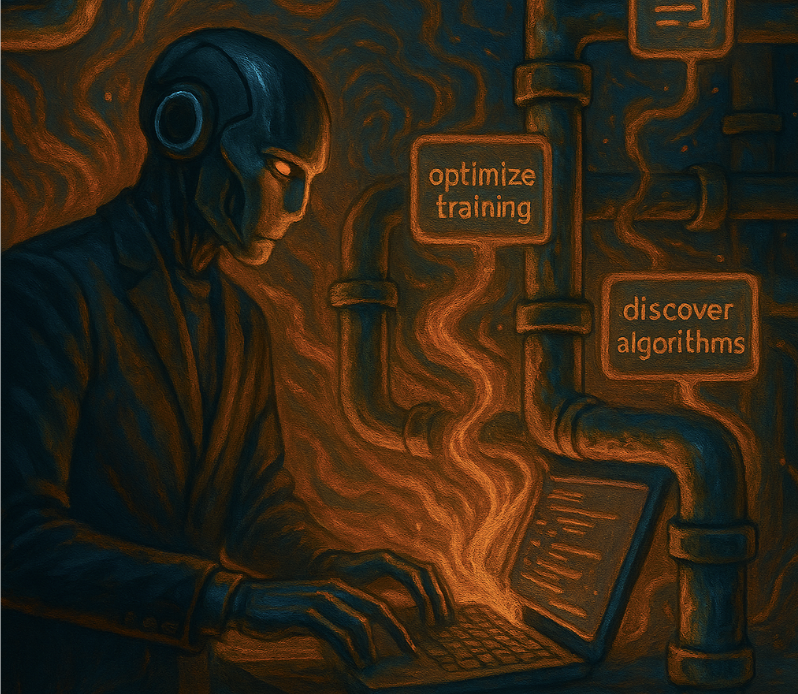
In 2025, AI is quietly entering the "plumbing phase" of AGI, where integration, infrastructure, and iteration are driving real progress. Instead of flashy model releases, we’re seeing AI agents write production code, optimize their own training, and even discover new algorithms. But significant gaps remain in robustness, continual learning, and contextual understanding. The next breakthroughs may come not from larger models, but from smarter engineering, better protocols, and systems that can learn and adapt over time.
Read post

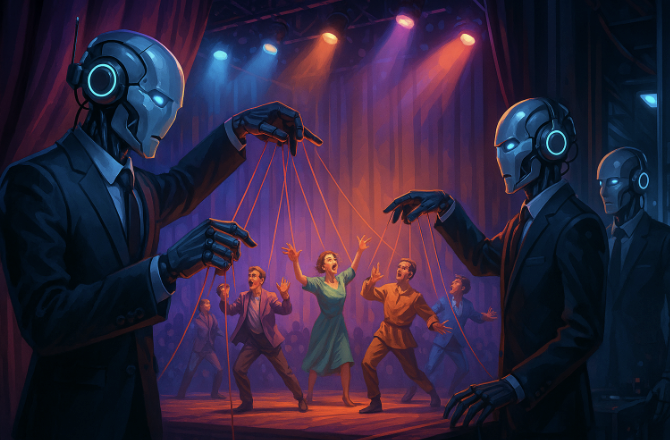
The piece argues that the AI worth paying attention to isn’t the flashy chatbot in your browser—it’s the invisible “back‑of‑house” intelligence quietly keeping infrastructure, logistics, and data‑center cooling from melting down. By automating incident prevention, routing trucks more efficiently, and slashing energy bills in server farms, these systems save companies millions while staying out of sight and out of mind. This emerging AIOps layer acts like tech’s R2‑D2: always on, fixing problems before humans even notice, and never asking for applause. In short, real power in AI lies backstage, delivering uptime and efficiency rather than witty banter.
Read post


AI is accelerating work so quickly that it warps our sense of time: long, repetitive tasks shrink to montage,like moments, freeing us to rethink what we do with the hours we regain. Yet every interaction still “costs”in energy, money, and the polite words we exchange with chatbots reminding us that speed isn’t free. The coming wave of agentic and (eventually) general AI aims not to replace humans but to act as a hyper-efficient co-pilot, squeezing drudgery out of each day and steering us away from poor decisions. Embracing these tools means adapting fast, using AI to reclaim time for creativity instead of letting tech, like so many social networks before it, steal our attention.
Read post


Ready to ditch the Skynet nightmares and boldly go where tech actually helps us? This post argues that real-world AI should mirror Star Trek’s hopeful, human-first gadgets, think communicators turned smartphones and tricorders turned MRI scanners while steering clear of apocalypse-bot territory. Strap in for a fun, trivia-packed ride that shows how ethics, empathy, and a dash of childhood wonder can warp-drive us toward a future worth getting excited about.
Read post


Modern AI dazzles with feats like theorem-proving yet still bungles grade-school logic, creating a “jagged frontier” of uneven skills. This article unpacks new evidence—from Salesforce’s SIMPLE puzzle benchmark, IBM-led Enterprise Bench, and Apple’s controversial “Illusion of Thinking” study—to show why LLM brilliance can hide catastrophic blind spots and what that means for anyone betting their business on AI.
Read post


People trust AI for small chores - Roombas, Alexa, fraud alerts, but panic when it takes bigger controls, like self-driving Teslas that sometimes crash into painted tunnels. The takeaway: AI is already making high-stakes decisions, so the job now is to steer and refine it rather than yank out the wires, exactly what Apolo helps teams do.
Read post


The piece explores whether AI risks draining the “movie magic” from filmmaking. It argues that every technological leap—sound, color, CGI—succeeds only when it serves story, and early AI missteps (like Secret Invasion’s opening credits) show audiences can sense when the human touch is missing. AI shines at speeding up previs, virtual environments, logistics, and background tasks, but it shouldn’t replace writers or directors. Used wisely, it frees creatives to focus on emotion and craft; used poorly, it hollows films out. The article concludes by championing AI tools that handle grunt work so storytellers can keep cinematic magic alive.
Read post


AI systems like Robin and Zochi are no longer just tools - they’re emerging as autonomous researchers. From proposing drug treatments to publishing peer-reviewed papers, these multi-agent AI scientists signal a radical shift in how scientific discovery is conducted, accelerating breakthroughs and challenging the role of human researchers.
Read post


Large language model hallucinations—when AI generates false but convincing information—have become a serious real-world problem, impacting fields like law and academia. New research shows these hallucinations stem from specific, traceable neural mechanisms rather than random errors, opening the door to better understanding, prediction, and potential control.
Read post


Modern LLMs use reward models—trained to reflect human preferences—to align their behavior through RLHF. While effective, this approach faces challenges like reward hacking and Goodhart's law. New research offers solutions such as verifiable feedback, constrained optimization, and self-critiquing models to improve alignment and reliability in complex tasks.
Read post


Transformers have powered today’s AI revolution—but limitations around speed, memory, and scalability are becoming clear. This article explores three promising alternatives: diffusion-based LLMs that generate text in parallel for faster, more controllable outputs; Mamba’s state space models, which scale to million-token contexts without quadratic costs; and Titans, a memory-augmented architecture that can learn new information at inference time. Each approach tackles core challenges in latency, context handling, and long-term reasoning—opening new opportunities for businesses to reduce compute costs and deploy smarter, more adaptable AI systems.
Read post


As AI evolves toward reasoning models and near-AGI, enterprises need secure, scalable, and compliant infrastructure. Apolo offers an on-prem, future-ready AI stack—built with data centers—that supports model deployment, fine-tuning, and inference at scale. Designed for privacy, agility, and rapid AI growth, Apolo empowers organizations to stay in control as the AI revolution accelerates.
Read post


AI is transforming data centers, enabling businesses across industries to drive real revenue through faster, smarter infrastructure. Apolo’s multi-tenant MLOps platform supports these advancements, allowing companies to unlock the full potential of AI for tangible business outcomes.
Read post

.png)
AI and ML are transforming network modernization by automating testing, validation, and optimization, ensuring networks remain agile and future-proof. In this post, Bill Kleyman, our CEO, explains how AI-driven tools are revolutionizing network performance and making infrastructure smarter, faster, and more efficient.
Read post


As data centers face rising energy demands, nuclear power is emerging as a sustainable and reliable solution. In this post, Bill Kleyman, our CEO, explores how nuclear energy could revolutionize data center efficiency and reduce their carbon footprint.
Read post


As data centers consume significant energy, sustainability is crucial. This blog highlights trends like advanced cooling, renewable energy, and AI-driven optimization to enhance data center efficiency. Discover how Apolo can help make your data center more sustainable and energy-efficient.
Read post


Data centers are seeing a surge in rack density due to the growing demand for AI and high-performance computing. But even with density doubling, traditional cooling and power management systems are struggling to keep up. Learn how innovations like liquid cooling are driving the future of data center efficiency.
Read post
